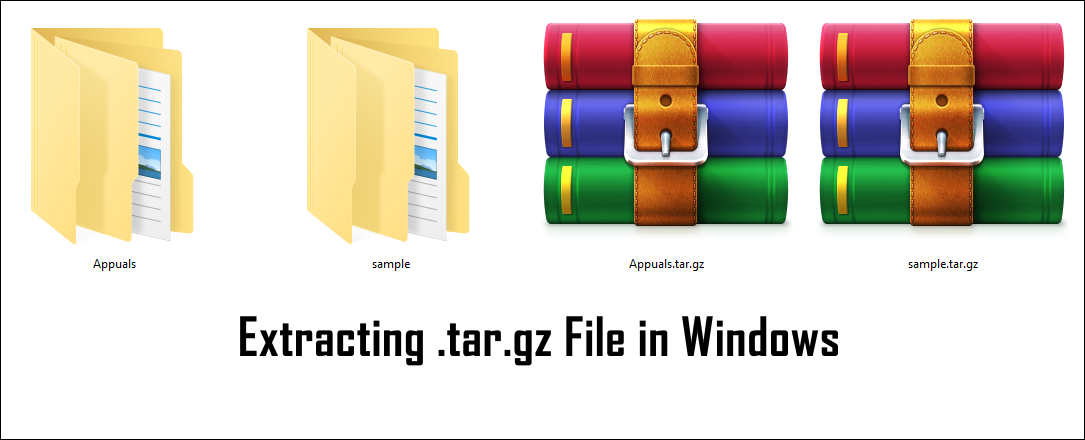

Type: loadkeys solaris_console/type_6/colemak.OpenBSD 6.6 and later have built in support for Colemak by selecting us.colemak during installation. To switch back to QWERTY type: wsconsctl keyboard.encoding=us.Type: openbsd_console/colemak_openbsd.sh.Type: chmod +x openbsd_console/colemak_openbsd.sh.Copy netbsd_console/8859-1 to /usr/share/wscons/keymaps/.To switch to a ISO8859-15 compatible font type: vidfont.To switch between layouts type: kbdmap.Edit /etc/rc.conf and add the following lines.Copy freebsd_console/ to /usr/share/syscons/keymaps/.To switch back to QWERTY type: loadkeys us.To switch to a ISO8859-15 compatible font type: consolechars -f lat9v-14.Type: loadkeys linux_console/ to switch layouts.
Unix untar install#
Unix untar zip file#
Trying to build keymap using the following components: zip file automatically when you double-click on its icon. Warning! Multiple definitions of keyboard layout Type: setxkbmap -v colemak & xset r 66.Type: sudo cp xorg/colemak /etc/X11/xkb/symbols/colemak (if this gives you an error the X11 configuration files might be located in a different directory).Linux/Unix in graphical mode using nf (X.Org Server 7.0 or later) To switch back to QWERTY type: setxkbmap us xset -r 66.Type: setxkbmap us xmodmap xmodmap/lemak & xset r 66.Switch to the directory where you have unpacked Colemak, e.g.Linux/Unix in graphical mode using xmodmap
Unix untar password#
with a password of numbers only), or learn them in the new layout!

tar xvfj file.tar or tar xvfj file.tar -C path of file in directory 7. Warning about passwords: If you have any passwords in your computer, either change them (e.g. Untar single tar file or specified directory in Linux : This command will Untar a file in current directory or in a specified directory using -C option. X11 xmodmap, X11 XKB, Linux console, FreeBSD console, OpenBSD console, NetBSD console, Solaris console Installation of the Colemak layout for Unix/Linux Colemak comes installed by default with most modern distributions, and doesn't require any download.Linux/Unix in graphical mode (preinstalled) 4 Linux/Unix in graphical mode using nf (X.Org Server 7.0 or later).untar makes no attempt to map filenames to those. 3 Linux/Unix in graphical mode using xmodmap On a Unix-alike, configure will set environment variable TAR, preferring GNU.1 Linux/Unix in graphical mode (preinstalled).Extract the files with one of the commands.If there is a README file with installation instructions, use that instead. Use the command cd to navigate to the correct folder.How do I split a Tar GZ file in Linux?įirst, we must compress the file with tarball archiver. gz file, right-click on the file you want to decompress and select “Extract”. If you’re on a desktop environment and the command-line is not your thing, you can use your File manager. Gz file is gunzip This command is basically an alias to file with gzip -d. Read the file INSTALL and/or README to know if you need some dependencies.ĩ окт.Open a console, and go to the directory where the file is.The files will be extracted in the current folder (most of the times in a folder with the name ‘file-1.0’).Type at the command prompt tar xzf - to uncompress a gzip tar file (.tgz or.How do I uncompress and untar a file in Unix? gz file, mouseover extract, and select an option to unpack the archive. Simply right-click the item you want to compress, mouseover compress, and choose tar. How do I unzip a file in Linux command line? How do I untar a Tar GZ file?.How do I uncompress and untar a file in Unix?.


 0 kommentar(er)
0 kommentar(er)
